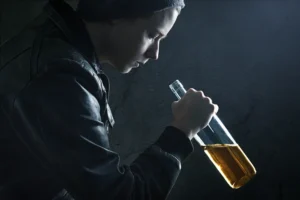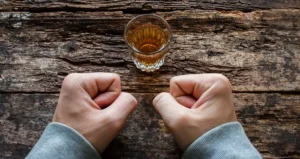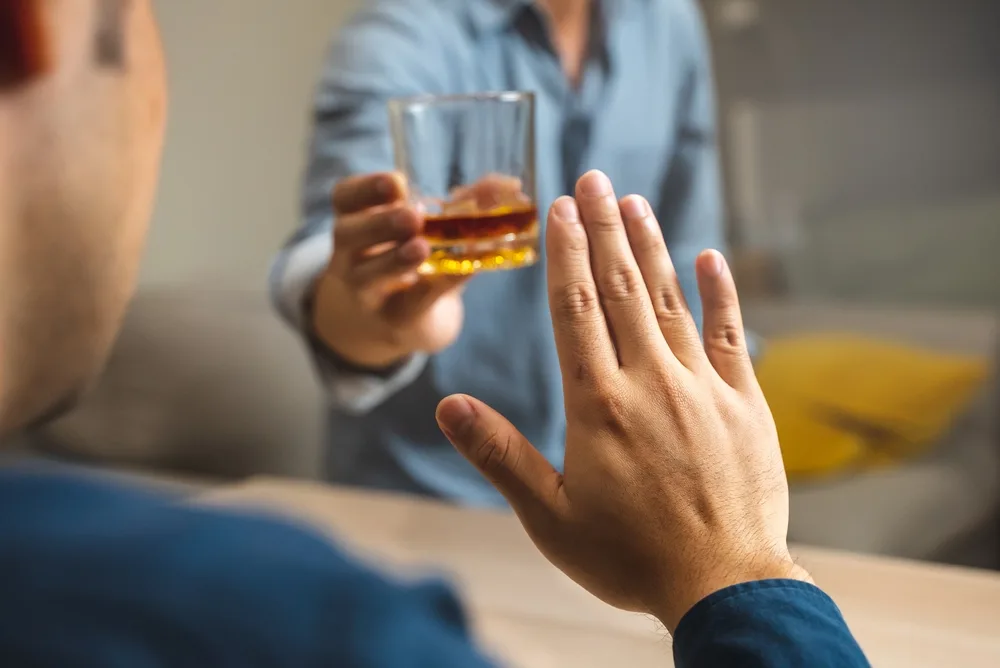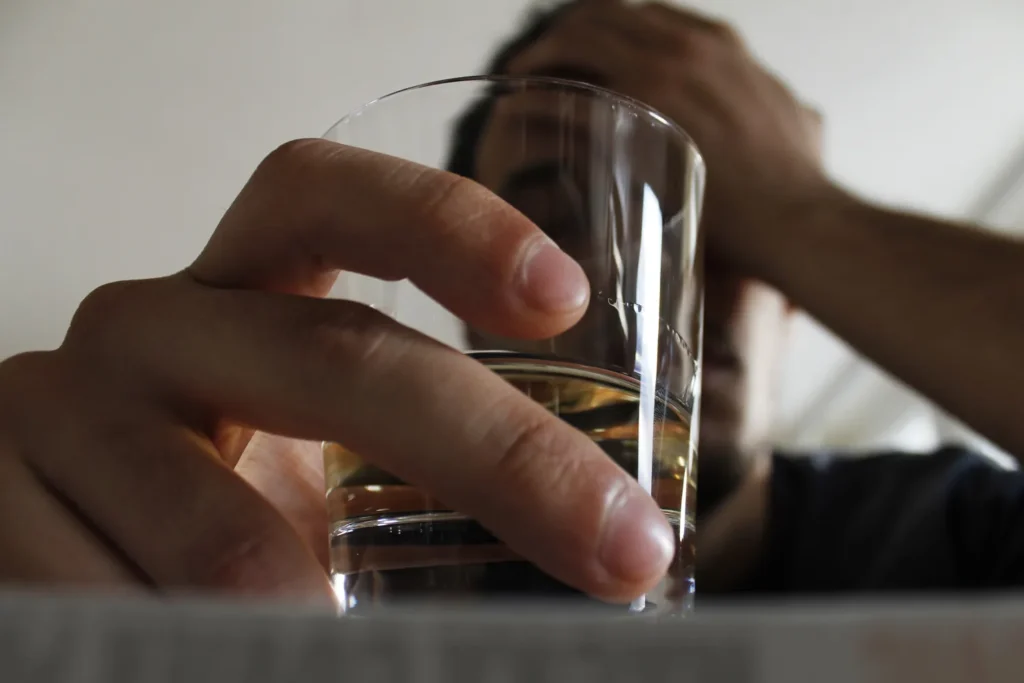Do you ever find yourself wrestling with the urge to grab a drink, especially during moments of stress or at social events? You’re not alone. Cravings for alcohol can be powerful and persistent, making it challenging for anyone trying to cut back or quit drinking.
In this blog, we’re going to dive into practical strategies and tips to help you manage these cravings. From understanding what triggers your desire to drink to learning quick techniques to handle sudden urges, and help you reduce cravings and make sober living much easier.
So, let’s break down these methods together and find what works best for you in overcoming the urge to drink.
Contents
Why Do We Crave Alcohol?
Understanding why we crave alcohol is crucial in managing these urges effectively. Cravings can be intense, often driving behavior despite negative consequences. Here’s a closer look at both the psychological and physiological factors behind alcohol cravings:
Psychological Factors:

- For many, drinking alcohol becomes a learned behavior associated with certain cues or environments, like having a drink after work or during social gatherings. This conditioning can trigger cravings when exposed to those cues.
- Alcohol often serves as a coping mechanism for dealing with stress, anxiety, or depression. People may crave alcohol as a quick relief from negative emotions or to enhance positive feelings, making it a psychological crutch.
- The influence of seeing others enjoying alcohol or being in environments where alcohol is central can significantly increase cravings, especially if there is peer pressure involved.
Physiological Factors:
- Alcohol consumption affects the brain’s reward system by releasing endorphins and dopamine, chemicals that induce feelings of pleasure and satisfaction. Over time, the brain may start to associate alcohol with pleasure and demand more of it to produce the same feeling, leading to cravings.
- With regular and excessive consumption, the body can develop a dependence on alcohol, leading to physical cravings as part of withdrawal symptoms when alcohol is not consumed. These can include shakiness, nausea, and intense desire for alcohol to relieve these symptoms.
Recognizing the sources of these cravings provides a foundation for applying effective strategies to manage and overcome them, which we will explore further in the following sections.
Identifying Triggers for Alcohol Cravings
 Recognizing the specific triggers that lead to alcohol cravings is a critical step in managing your drinking habits effectively. By identifying these triggers, you can develop strategies to avoid or cope with them, reducing the likelihood of impulsive drinking. Here are some common triggers that might spark a craving for alcohol:
Recognizing the specific triggers that lead to alcohol cravings is a critical step in managing your drinking habits effectively. By identifying these triggers, you can develop strategies to avoid or cope with them, reducing the likelihood of impulsive drinking. Here are some common triggers that might spark a craving for alcohol:
- Stressful Situations: High-pressure environments at work or ongoing stress at home can trigger the desire to drink as a way to relieve stress.
- Social Events: Parties, gatherings, or any social setting where alcohol is present can increase the urge to drink, especially if others around you are drinking.
- Negative Emotions: Feelings of sadness, loneliness, anxiety, or boredom often prompt drinking as a means to escape or numb these emotions.
- Positive Associations: Celebrations or positive events where alcohol was previously enjoyed can create a strong association and trigger cravings during similar future events.
- Time of Day: For some, cravings can occur at specific times of day, such as after work or in the late evening, when they previously would have had a drink.
- Sensory Cues: Seeing a commercial about alcohol, passing by a favorite bar, or smelling alcohol can all trigger cravings.
- Habitual Behavior: Routine activities, such as finishing a meal or returning home from work, can serve as cues to drink if these actions were regularly paired with alcohol consumption.
Becoming aware of these triggers is the first step towards managing them. Once identified, you can begin to work on strategies to avoid these triggers or handle them without turning to alcohol, thereby maintaining control over your cravings and your decisions about drinking.
Strategies to Manage Immediate Urges

When faced with immediate cravings for alcohol, it’s important to have a set of practical strategies ready to help you navigate these challenging moments. Here are some effective techniques to manage these urges:
- Deep Breathing: Take slow, deep breaths to help calm your mind and reduce the intensity of your craving.
- Engage in a Hobby: Redirect your focus to a hobby or activity you enjoy, such as painting, gardening, or reading.
- Go for a Walk: Physical activity can help reduce stress and distract you from cravings.
- Drink Water or Herbal Tea: Sometimes, simply drinking a non-alcoholic beverage can help reduce the urge to drink alcohol.
- Practice Mindfulness: Observe the craving without judgment and remind yourself that it will pass.
- Call a Friend: Reach out to a supportive friend or family member to talk through your craving.
- Chew Gum: Keep your mouth busy with gum or snacks to combat the urge to drink.
- Visualize the Consequences: Think about the negative consequences of giving in to the craving and how it will affect your goals.
- Stay in Public Places: Being in public or around people who do not support drinking can help curb the urge to drink.
Using these techniques can help you manage immediate alcohol cravings effectively, maintaining control over your actions and supporting your journey toward recovery.
Developing Long-Term Coping Mechanisms
 To successfully manage and eventually reduce alcohol cravings over the long term, it’s essential to develop robust coping mechanisms. These strategies not only diminish the frequency and intensity of cravings but also enhance overall well-being, making it easier to maintain sobriety. Here’s how you can build these long-term coping mechanisms:
To successfully manage and eventually reduce alcohol cravings over the long term, it’s essential to develop robust coping mechanisms. These strategies not only diminish the frequency and intensity of cravings but also enhance overall well-being, making it easier to maintain sobriety. Here’s how you can build these long-term coping mechanisms:
- Regular Exercise: Establish a routine of physical activity, such as jogging, yoga, or swimming, which can help reduce stress, improve mood, and decrease the temptation to drink.
- Healthy Diet: Nutrition plays a key role in recovery. Focus on a balanced diet that stabilizes blood sugar levels, as fluctuations can trigger cravings.
- Adequate Sleep: Prioritize getting enough sleep, as fatigue can weaken your ability to resist cravings and can impact emotional regulation.
- Mindfulness and Meditation: Regular practice can increase self-awareness and reduce the impulsive behaviors associated with cravings.
- Cognitive Behavioral Therapy (CBT): Engage in CBT with a trained therapist to identify thought patterns that lead to drinking and replace them with healthier thinking habits.
- Stress Management Techniques: Learn and apply stress management techniques such as deep breathing, progressive muscle relaxation, or guided imagery to handle stress without relying on alcohol.
- Build a Support Network: Surround yourself with supportive people who encourage your recovery, including friends, family, or support groups like Alcoholics Anonymous (AA).
- Hobby Development: Invest time in hobbies or activities that provide fulfillment and enjoyment without involving alcohol.
- Routine Establishment: Create a structured daily and weekly schedule that keeps you engaged and reduces downtime, which can often lead to cravings.
By incorporating these strategies into your life, you can develop a strong foundation of coping mechanisms that support long-term recovery. These habits not only help manage cravings but also contribute to a healthier, more balanced lifestyle, reinforcing your commitment to sobriety.
Professional Help and Medication Options
 Professional interventions can offer more structured support and, in some cases, medication to help manage cravings and support recovery. Here’s a guide on when to seek professional help and the options available, including the role of QuitMantra in providing virtual support.
Professional interventions can offer more structured support and, in some cases, medication to help manage cravings and support recovery. Here’s a guide on when to seek professional help and the options available, including the role of QuitMantra in providing virtual support.
When to Seek Professional Help:
- Persistent Cravings: If cravings do not decrease in frequency or intensity despite using self-help strategies.
- Impact on Daily Life: When alcohol cravings or consumption begins to interfere significantly with your job, relationships, or health.
- Relapse: If you experience relapses after periods of sobriety, professional help can offer new strategies and support structures.
- Mental Health Concerns: If you’re also struggling with mental health issues like depression or anxiety, which can complicate recovery.
Types of Professional Help:
- Addiction Counselors and Therapists
- Psychiatrists
- Medical Doctors
Medication Options:
- Naltrexone: Reduces cravings and the pleasurable effects of alcohol.
- Acamprosate: Helps restore the chemical balance in the brain in people who have stopped drinking.
- Disulfiram: Causes severe negative effects when alcohol is consumed and is mainly used to prevent relapses in people who have already completed detox.
If you’re ready to control your alcohol cravings and improve your quality of life, QuitMantra is here to help. “QuitMantra is a virtual clinic that provides tailored support for individuals aiming to reduce, quit, or effectively manage their addiction.”
Ready to take a step toward recovery? Visit QuitMantra to book your initial session.
What Drinks Can You Take As an Alternative?
When trying to manage or stop cravings for alcohol, it can be helpful to have alternatives that satisfy without leading back to alcohol use. Here are some beverages you might consider to help curb alcohol cravings:
- Water
- Herbal Teas like chamomile or peppermint
- Sparkling Water
- Kombucha
- Non-Alcoholic Beers and Wines
- Smoothies
- Milk or Non-Dairy Alternatives
It’s important to note that while these drinks can help manage alcohol cravings, they are most effective when used as part of a broader treatment plan that includes therapy, support groups, and potentially medication. If alcohol cravings are persistent and difficult to manage, it may be beneficial to consult a healthcare provider or a support organization like QuitMantra for additional resources and support.
